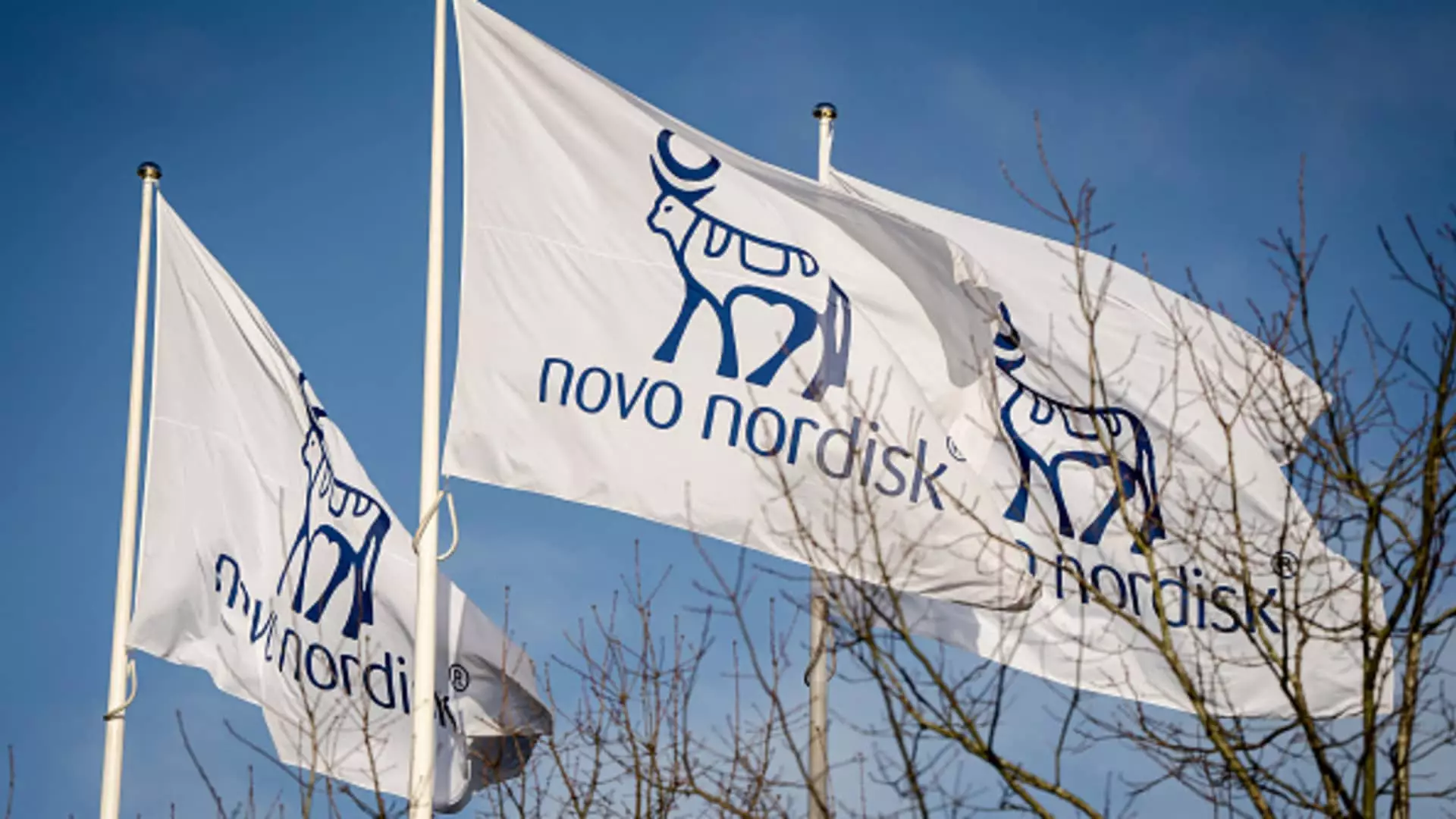The recent legal victory for Novo Nordisk, which prohibits compounding pharmacies from producing cheaper, unauthorized copies of its widely recognized medications, Ozempic and Wegovy, marks a significant moment in the pharmaceutical landscape. A federal judge in Texas firmly rejected the bid of compounding pharmacies that sought to continue manufacturing these copies during ongoing legal challenges. This ruling isn’t merely a legal formality; it serves as a powerful defense of pharmaceutical innovation, reinforcing the importance of established regulatory frameworks that prioritize patient safety and drug quality.
Compounding pharmacies have long positioned themselves as cost-effective alternatives for patients who find brand-name medications prohibitively expensive. However, the fundamental question arises: how safe are these alternatives? The FDA’s stance on compounded drugs, which are not subject to rigorous approval processes, raises legitimate concerns about potential health risks. Therefore, the ruling serves as a reminder that the quest for affordability must not compromise safety and efficacy.
Regulatory Frameworks: A Necessity for Patient Protection
Novo Nordisk’s legal battle highlights the complex relationship between innovation and regulation in the pharmaceutical industry. The FDA’s determination that the semaglutide shortage is over allows them to take action against pharmacies that manufacture these compounded versions without approval. This is crucial, as the regulatory oversight exists to ensure that patients receive verified medications, untainted by potential side effects or ineffective formulations.
With many patients flocking toward these cheaper alternatives during the height of drug shortages, the line between necessity and risk has become alarmingly blurred. This legal action underscores the necessity of maintaining stringent guidelines within the industry—not merely to protect corporate profits but to ensure that vulnerable patients are safeguarded against illegal or poorly manufactured medications.
The Consequences of Undermining the FDA
What this legal saga illustrates is that allowing wholesale exemption from FDA regulations can be a slippery slope. The collusion of compounding pharmacies and telehealth companies during drug shortages suggests an alarming readiness to prioritize profit over patient safety. As Steve Benz, Novo Nordisk’s corporate vice president for legal affairs, noted, the company’s extensive legal actions against these pharmacies aim to protect patients from “illegitimate” drugs.
The court’s rejection of the Outsourcing Facilities Association’s request for preliminary injunction is a statement that could resonate across the industry: regulatory bodies like the FDA must be upheld to ensure that the healthcare system operates according to established safety standards. When unregulated entities operate without oversight, the fallout can be catastrophic—not just for the individual patients who fall victim to subpar medications, but also for the reputation of the healthcare system as a whole.
Protecting Pharmaceutical Growth and Patient Safety
The potential legal implications coming from Novo Nordisk’s recent victories against compounders are monumental. Other pharmaceutical companies are likely observing this development closely. The precedent set by this ruling could pave the way for a more stringent regulatory environment that not only protects existing pharmaceutical companies but fosters a healthier marketplace for medical advancements.
This decision should encourage pharmaceutical companies to continue investing in research and development, knowing that their innovations will be safeguarded against unfair competition from unregulated entities. It creates a climate where quality reigns supreme and encourages public trust in legal, effective medications.
The pharmaceutical domain bears the burden of demonstrating that innovation can coincide with affordability without sacrificing safety. While innovation can drive prices up, the focus should remain on creating a sustainable healthcare ecosystem that does not leave the most vulnerable behind.
As discussions surrounding healthcare accessibility and pharmaceutical pricing rage on, it becomes increasingly apparent that the focus should remain not solely on immediate affordability but rather on the broader implications of safety and efficacy. A balance must be struck between bolstering innovation and safeguarding patient welfare, and Novo Nordisk’s legal triumph is a crucial step toward reinforcing these values in the pharmaceutical landscape.
Ultimately, the message is clear: without robust regulatory measures, we risk destabilizing a system designed for public health. The path forward must champion both innovation and safety, ensuring that every patient has access to medications that are not just affordable but also safe and effective.

